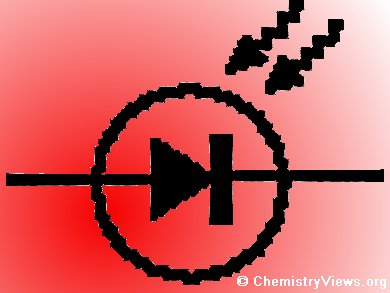Monitoring Ultraviolet C (UVC; 280 – 100 nm) is a way of tracking the hole in the ozone layer. UVC is powerful enough to break the bonds of DNA and harm living creatures. Photodiodes that measure UVC are also used as flame sensors and for communication in space.
Shinji Nakagomi and colleagues, Ishinomaki Senshu University, Japan, have built a new kind of photodiode that can detect the whole range of UVC light while remaining insensitive to visible light from the sun.
Their new photodiode is based on a heterojunction, a p-n junction that incorporates two different semiconductors, here gallium oxide and silicon carbide. A thin β-Ga2O3 layer (200 nm) was prepared on a p-type 6H-SiC substrate through gallium evaporation in oxygen plasma.
The device showed good rectifying properties. The device responds within milliseconds to UV light and has little dark current, which is the intrinsic electrical current that flows through the device even in the absence of light. Minimal dark current is important for a sensitive photodiode.
- Deep ultraviolet photodiodes based on β-Ga2O3/SiC Heterojunction,
Shinji Nakagomi, Toshihiro Momo, Syuhei Takahashi, Yoshihiro Kokubun,
Appl. Phys. Let. 2013.
DOI: 10.1063/1.4818620



